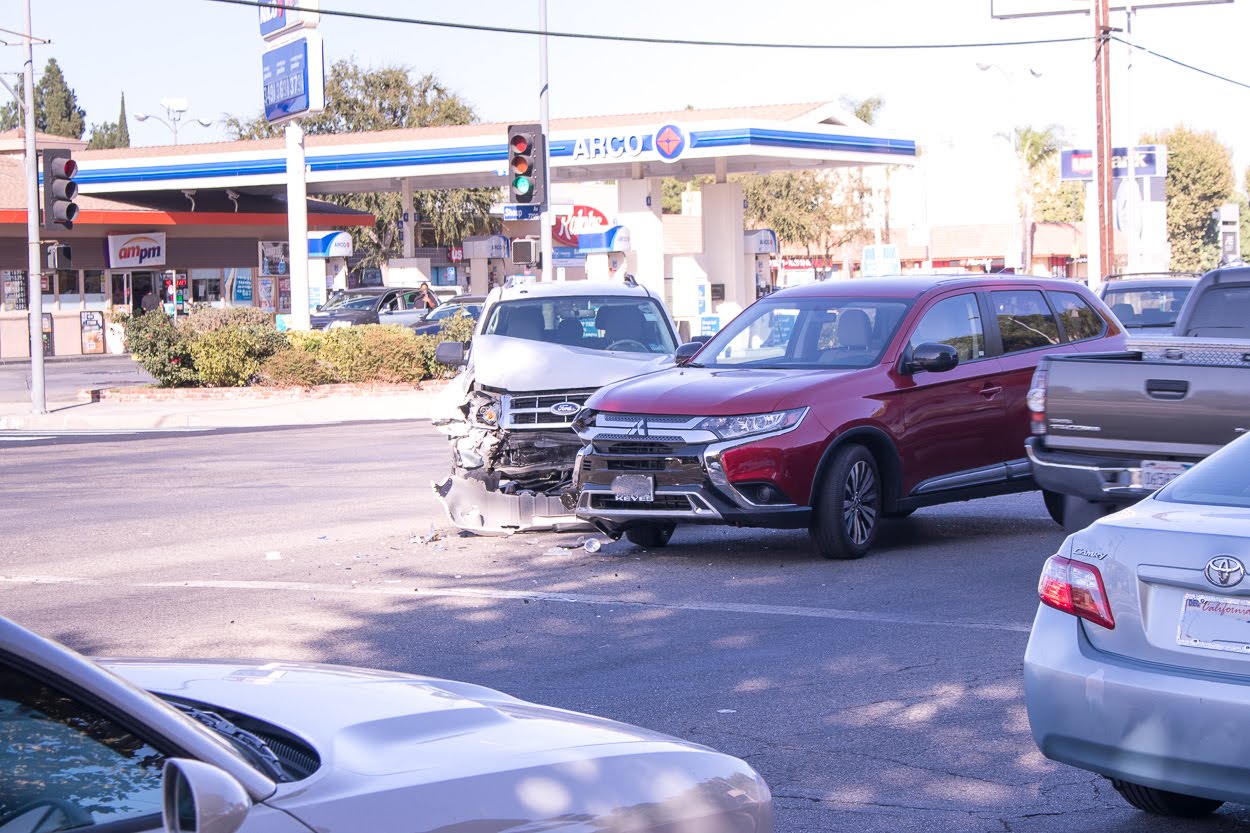Let’s say you’re involved in a car accident. You weren’t really paying attention and accidentally rolled through a stop sign. The person that hit you, though, was speeding and, in the aftermath of the accident, was found to be intoxicated. So the accident was sort of your fault, but surely the other person is more to blame, right?
That’s where Kansas’ Modified Comparative Fault rule comes into play.
Modified comparative fault in Kansas means that if you are found to be partially responsible for an accident, you can still recover damages. That said, your claim will be reduced by the percentage of fault assigned to you. For example, if you are found to be 25% responsible for an accident, you can still recover damages, but the award is reduced by 25%. If 50% or more of the negligence is attributed to you, then you’re barred from recovering any damages.
It is important to note that insurance companies in Kansas use modified comparative fault when determining how much to pay out. This means they will consider your fault when evaluating your claim. This means if you’re looking for compensation, it’s critical to ensure that the evidence shows that any percentage of the fault assigned to you is as low as possible.
How Does the Modified Comparative Fault Rule Work in Kansas?
Modified comparative fault is a system of assigning responsibility in a personal injury case. It is a form of comparative negligence in which fault is divided between the parties involved in a lawsuit over an accident claim. The court will assess each party’s fault in the incident and then assign a percentage of fault to each.
Each party’s fault percentage determines their compensation. If a party is found to be 50% or more at fault, they are not entitled to compensation. Modified comparative fault is used to determine the proportional amount of liability each party is assigned in an accident and to ensure that the party responsible for the majority of fault pays for the damages incurred. A skilled Kansas injury attorney can help you determine who was most at fault in an auto accident.
How Modified Comparative Fault Affects Personal Injury Cases in Kansas
In Kansas, the court system is responsible for assigning modified comparative faults for car accidents. The court system is responsible for determining the percentage of fault attributed to each party in a car accident and assigning appropriate compensation to each party according to the fault percentage.
The court system in Kansas will first investigate the accident and all the evidence provided to determine the percentage of fault that should be assigned to each party. This could include reviewing police reports, witness statements, photographs, and other evidence pertinent to the accident.
After the court has made this determination, it will assign a fault percentage to each party involved in the accident. The total amount of fault assigned must equal 100%, meaning that if one party is assigned a certain percentage of fault, the other parties must be assigned the remaining percentage of fault that adds up to 100%.
Once the court has determined each party’s percentage of fault, they then assign appropriate compensation to each party based on their fault percentage. This means that the party with the higher percentage of fault is typically required to pay more in damages to the other parties. It is important to note, though, that fault is not the only factor considered when determining compensation. The court also considers any physical or mental injuries sustained by the parties resulting from the accident.
The 50% Bar Rule and How it Affects Your Case
The 50% bar rule in Kansas involves personal injury damages. This rule states that a plaintiff cannot recover more than 50% of the total damages if determined to be partially at fault for the incident. In other words, if a plaintiff is found 49% or less at fault for an incident, they can recover damages from the other party. This rule applies to all personal injury cases, including car accidents, medical malpractice, and product liability.
The 50% bar rule can significantly impact a case and considerably reduce the damages a plaintiff can recover. If a plaintiff is found to be partially at fault for an incident, they may have to accept a smaller settlement than they would have otherwise been able to get.
How Can Bretz Law Help in These Cases?
Modified comparative fault and the 50% rule are only a couple of reasons why it is important to have a skilled attorney on your side who will fight for your rights and help you get as much compensation as possible. Contact Bretz Injury Law today for a free and confidential evaluation of your case to see how to best present a claim for damages. We work on a contingency basis, meaning we don’t get paid unless you win.





